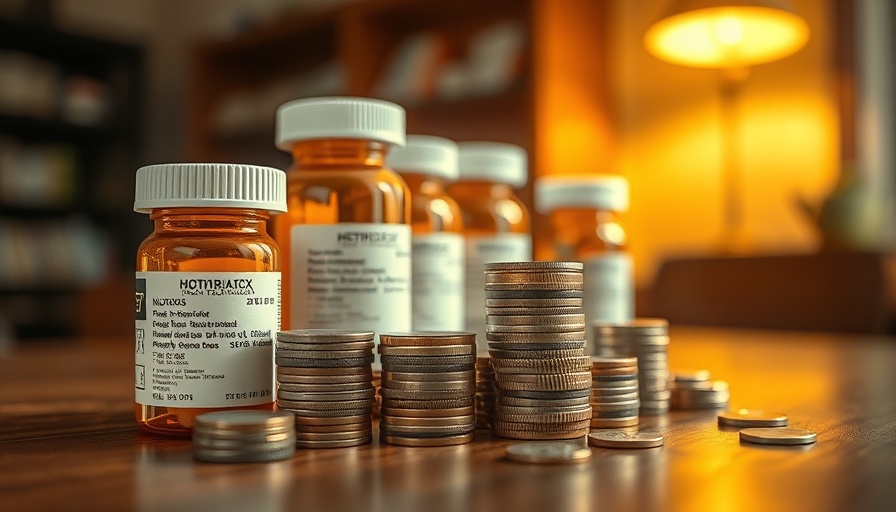
Understanding the High Costs of Pharmaceuticals
The rising costs of pharmaceuticals frequently perplex healthcare practitioners, particularly those operating within concierge medical practices. The perception that pharmaceutical companies are highly profitable may stem from the expansive figures associated with drug sales. A pivotal study by Wouters et al. (2024) indicates that, while an average drug generates a median revenue of $6.7 billion, this revenue is heavily skewed. Just 25 of the top-selling products account for nearly 38% of the staggering global sales of $5.5 trillion since their approvals.
Why Drug Development is Expensive
While the cost of manufacturing certain drugs appears low—$1.30 to $3.45 for SGLT2 inhibitors, for example—the reality is that the expenses tied to drug development are profound. The research supporting this, including findings from DiMasi et al. (2016), highlights that drugs entering clinical trials have only an 11.83% chance of eventual approval. The average expenditure per approved compound is estimated at $1.395 billion, which further escalates when considering the pre-approval costs, accumulating to around $2.558 billion.
The Profitability Paradox
Given these formidable expenses, are pharmaceutical companies truly profitable? The short answer is yes, but with nuances. Under 50% of newly approved drugs actually recover development costs within a five-year period, as pointed out by Wouters et al. (2024). In fact, a significant portion of drugs—45.6%—only break even after a decade. These statistics underscore the inherent risk in pharmaceutical development, where the majority do not yield returns exceeding the costs.
The Skewed Landscape of Pharmaceutical Returns
To grasp the reality of pharmaceutical revenue, it helps to consider the insights from Grabowski et al. (2002). They indicate that while pharmaceutical R&D is indeed profitable, it exhibits a distribution of returns that is distinctly uneven. Healthcare professionals must understand that the landscape rewards a few successful products while the majority languish in financial obscurity.
What This Means for Concierge Medical Practices
Your concierge medical practice's growth depends on a clear understanding of these financial dynamics. Knowledge about how pharmaceutical pricing and profitability work can inform your decisions about partnerships, treatments, and patient communications. Considering these factors can be transformative in securing your standing as a top-tier local medical practice.
Ultimately, embracing this knowledge creates opportunities for both enhanced patient care and improved practice viability. It reveals how navigating pharmaceutical complexities can lead to better tactical decisions and resource allocation, ensuring that your practice remains competitive and client-centered.
For more insights on thriving in the ever-evolving healthcare landscape, consider exploring specialized business strategies that align with these economic principles.
 Add Row
Add Row  Add
Add 




Write A Comment